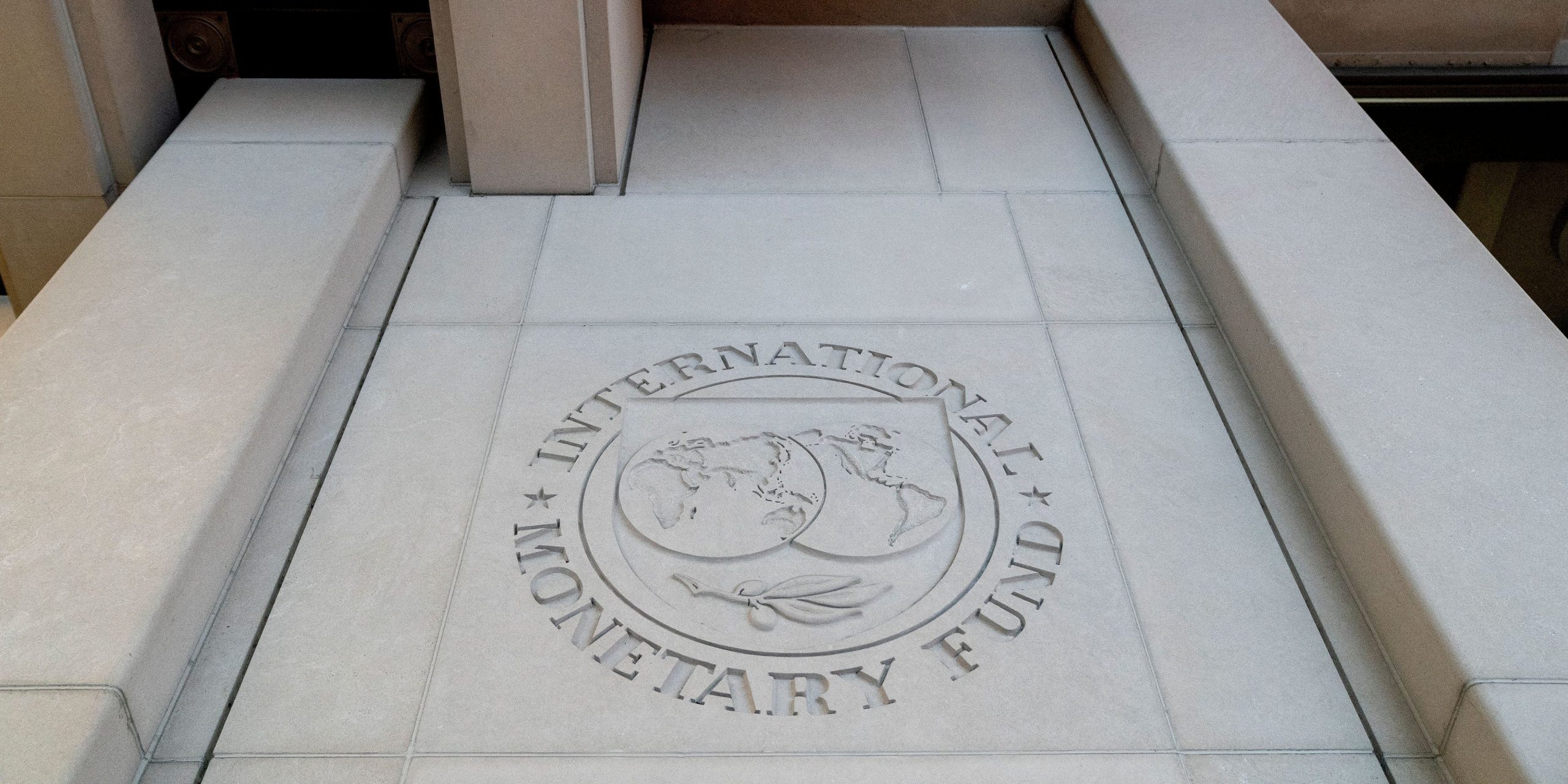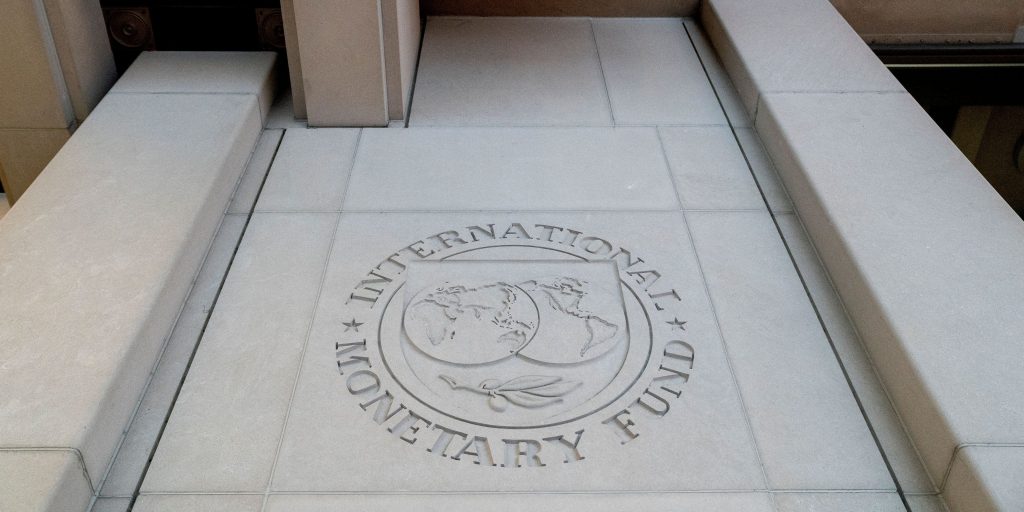
- There is no universal approach when designing CBDCs, the IMF said Wednesday.
- But countries must focus on financial stability and privacy when designing these digital assets.
- "No one size fits all," IMF Managing Director Kristalina Georgieva said. "Each economy is different."
- Sign up here for our daily newsletter, 10 Things Before the Opening Bell.
There is no universal approach when designing central bank digital currencies, but countries must focus on financial stability and privacy, the International Monetary Fund said on Wednesday.
"No one size fits all," IMF Managing Director Kristalina Georgieva said in a statement published Wednesday. "There is no universal case for CBDCs because each economy is different."
Georgieva said CBDCs have diverse use cases and should be tailored to a nation's situation.
For instance, a CBDC can be an "important path to financial inclusion," especially for countries whose geographic makeup prevents easy transactions through central banks, while it could also be an "essential backup in the event that other payment instruments fail," she said.
The managing director gave the Eastern Caribbean Central Bank as an example when it extended its CBDC pilot to areas struck by a volcanic eruption on the island of St. Vincent last year.
Georgieva also noted that financial stability and privacy considerations are "paramount" when designing CBDCs.
"In many countries, privacy concerns are a potential deal breaker when it comes to CBDC legislation and adoption. So, it's vital that policymakers get the mix right," she said.
The former World Bank CEO highlighted the delicate balance of both technical design and policy. While the technology underpinning this new form of money requires time and resources, developing new legal frameworks and regulations are just as crucial, she said.
"On both fronts, a CBDC also requires prudent planning to satisfy policy targets like financial inclusion, and avoid undesirable spillovers such as sudden capital outflows that could undermine financial stability," she said.
The comments come in conjunction with a 35-page report the IMF released on Wednesday that studied six advanced CBDC projects in the Bahamas, China, the Organisation of Eastern Caribbean States, Uruguay, Sweden, and Canada.
The biggest takeaway is the importance of considering a country's unique context and policy goals when making digital currencies.
"CBDC exploration is still in an early stage, and not all country experiences can be easily ported abroad," the report said. "There are still open questions, and CBDC remains an uncharted territory, raising challenges as well as opportunities."
A CBDC is a type of central bank liability — similar to the US dollar — issued in digital form, which could be used by the general public. It has the full backing of a central bank although it could be managed by designated private financial institutions.
As it stands, 87 countries are exploring CBDCs, and 14, including major economies like China and South Korea, are already in the pilot stage, according to a tracker by the Atlantic Council. Nine have already fully launched a digital currency.
Of the countries with the four largest central banks — the Federal Reserve, the European Central Bank, the Bank of Japan, and the Bank of England —the US is the furthest behind, according to the tracker.











